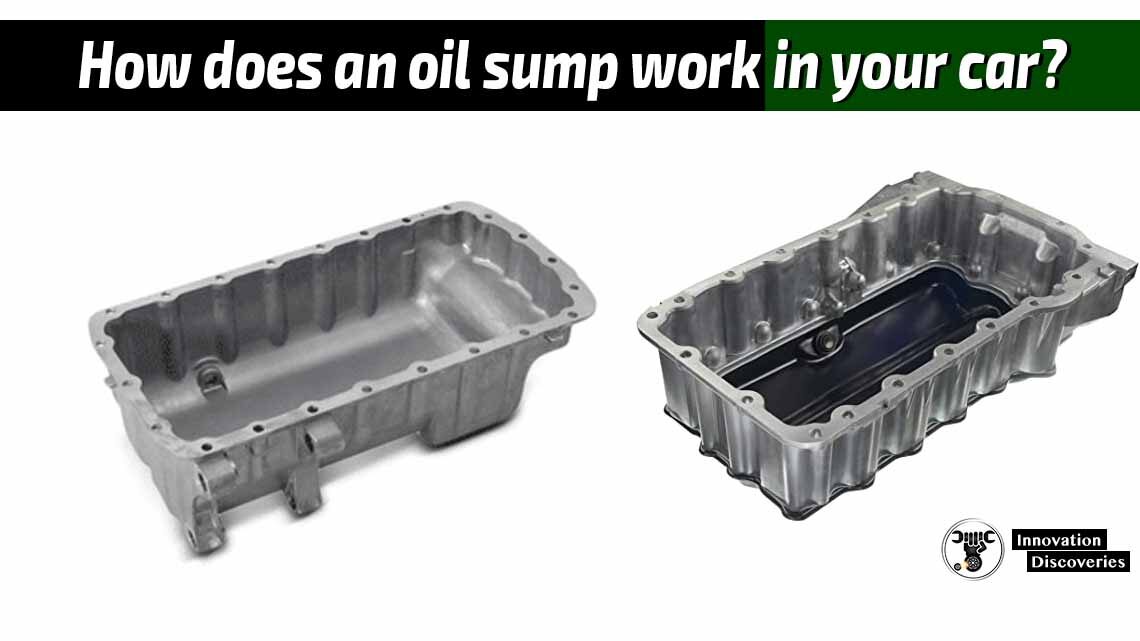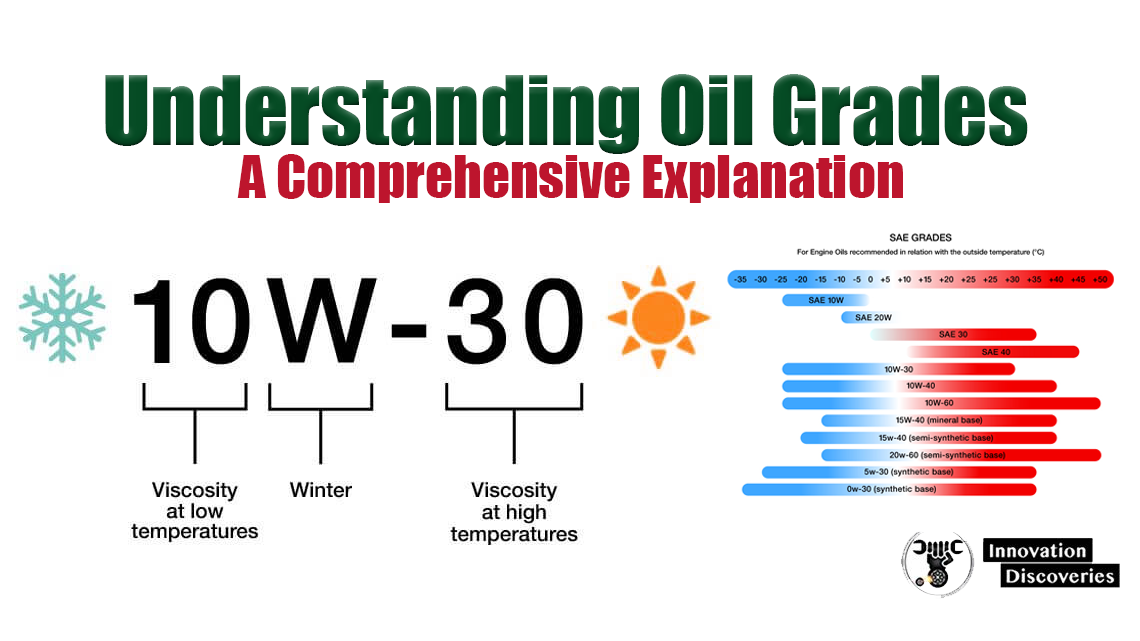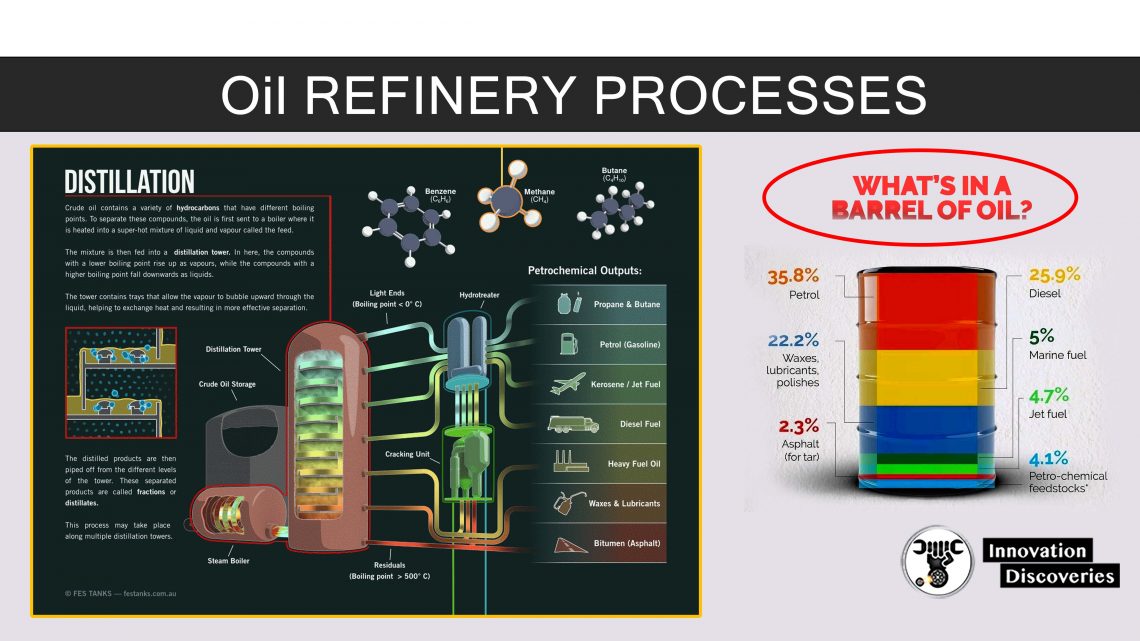
Introduction
Beneath the hood of your car lies a marvel of engineering – the engine. And at the heart of this mechanical masterpiece is a component that often goes unnoticed but plays a vital role in maintaining the engine’s health and performance – the oil sump, also known as the oil pan.
In this article, we’ll dive into the world of the oil sump, exploring its functions, components, and the importance of proper maintenance.
The Function of the Oil Sump
The oil sump, located at the bottom of the engine, is more than just a container for oil. Its functions are far-reaching and essential for the engine’s well-being:
1. Oil Storage:
When the engine is at rest, the oil sump accumulates the oil that drains from various engine components. This reservoir ensures that there’s an ample supply of oil available for the lubrication system when the engine is started.
2. Oil Circulation:
Acting as the oil pump’s source, the oil sump provides the oil pump with the fluid it needs to circulate through the engine. The pump pressurizes the oil, sending it to critical areas to lubricate moving parts, such as bearings, pistons, and camshafts.
3. Heat Dissipation:
As the engine operates, it generates heat due to friction and combustion. The oil sump serves as a heat sink, allowing the oil to absorb excess heat and prevent overheating of engine components.
Components of the Oil Sump
The oil sump is a complex component with various parts working together harmoniously:
1. Oil Pan:
The primary body of the oil sump, typically made of metal or aluminum, is bolted to the engine block. It holds the engine oil and provides a base for other components.
2. Oil Level Sensor:
Many modern vehicles are equipped with an oil level sensor within the sump. This sensor monitors the oil level and relays information to the dashboard, informing the driver if the oil level is optimal.
3. Oil Drain Plug:
Positioned at the lowest point of the oil pan, the drain plug facilitates oil changes by allowing the removal of old oil.
4. Baffles:
Some oil sumps feature baffles or trays designed to prevent oil from sloshing excessively during acceleration, braking, or cornering. This ensures a consistent oil supply to the oil pump pickup, preventing oil starvation.
Maintenance and Care
To ensure your engine’s longevity and performance, proper care of the oil sump is essential:
1. Regular Oil Changes:
Routine oil changes remove old, degraded oil, replacing it with fresh oil. This practice maintains proper lubrication and cooling of engine components.
2. Visual Inspection:
Regularly inspect the oil sump for signs of damage, such as cracks, dents, or leakage. Damaged oil sumps can lead to oil leaks and potential engine damage.
3. Monitoring Oil Level:
Keep track of your car’s oil level using the dipstick or an oil level sensor if equipped. Maintaining the correct oil level is vital for the engine’s health.
Conclusion
The unassuming oil sump is a key player in your car’s engine lubrication system, ensuring that critical components receive the lubrication and cooling they need for optimal performance.
By providing a reservoir for oil storage, facilitating oil circulation, and aiding in heat dissipation, the oil sump plays a significant role in keeping your engine running smoothly and efficiently.
Regular maintenance and care of the oil sump are essential for extending the life of your engine and enjoying a reliable driving experience.
Read More:
- How To Tell If Starter Relay Is Bad? Four Common Symptoms
- How does intercooler work?
- How To Do Automatic Transmission Service Yourself?
- Engine mount: how it works, problems, symptoms, replacement
Discover More:
Visit Forum
Visit Our Friendly Website










One Comment